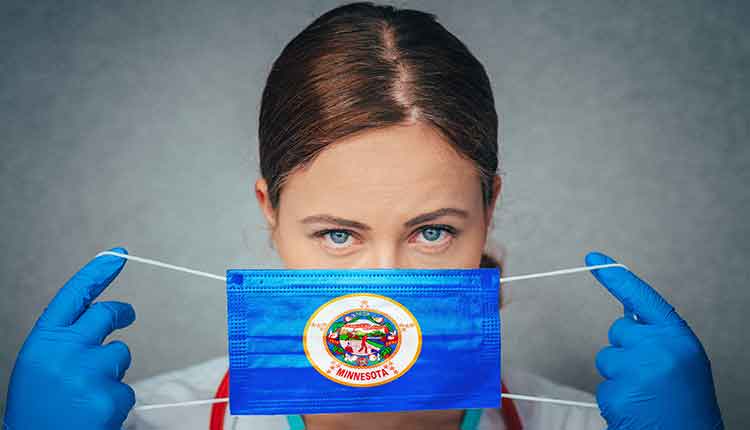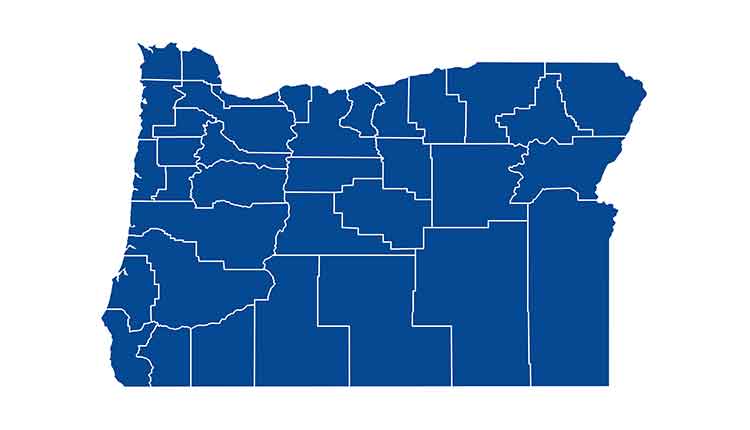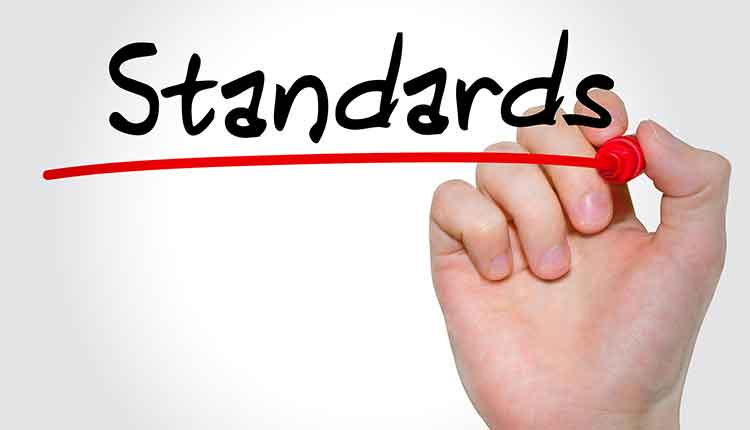
Access to oral healthcare remains a significant problem in the United States. One solution that has gained momentum over the past decade is the expansion of the oral health workforce through the addition of a new member: the dental therapist (DT).
Photo Credit: Halfpoint / iStock / Getty Images Plus

Global Success
Globally, more than 50 countries feature a member of the oral health team that reflects the model developed in New Zealand in 1921. The first three cohorts of DTs to practice in the US completed training in New Zealand. Today, in 2020, three domestic DT educational programs exist. With the 2015 establishment of national standards for dental therapy education by the Commission on Dental Accreditation (CODA), several more education programs are under development. As of August 2020, dental therapy is authorized in 13 US states under state and/or tribal jurisdiction: Alaska, Oregon, Minnesota, Maine, Vermont, Washington, Arizona, Michigan, New Mexico, Idaho, Montana, Nevada, and Connecticut. This article describes the progress and development of dental therapy training programs in the US through 2020.
Photo Credit: ABIDAL / iStock / Getty Images Plus

Dental Heath Aide Therapists
For Alaska, dental therapy provided a solution to the oral health access issue by adding to an existing program intended to benefit rural and tribal communities: the Community Health Aide Program (CHAP). A task force was created by the Alaska Native Tribal Health Consortium in 1998 using a grant from the Indian Health Service to determine possible solutions to increase access. This task force determined during the consensus building process that adding more responsibility to community health aides through CHAP would not achieve the desired goal, thus, the task force looked to create a versatile oral healthcare provider that tribal communities could use to fulfill specific needs. This led to six students being sent to New Zealand’s dental therapy education program at the University of Otago for training in December of 2002. In December of 2004, Alaska certified the first cohort of dental health aide therapists (DHATs) that began practicing in 2005.
Photo Credit: shaunl / E+

Advanced Dental Therapist
The next state to authorize dental therapy, Minnesota, had a different approach to creating an education program for dental therapy. It was largely influenced by dental hygiene as a means for building career ladders and creating opportunities for clinical advancement. In 2001, Minnesota passed the Collaborative Dental Hygiene Practice Act that authorized dental hygienists to be employed by a healthcare facility to work in collaboration with dentists, rather than necessarily under direct supervision. In 2004, model specifications were created to implement an advanced dental hygiene practitioner (ADHP), and, in 2006, a committee was formed to develop a curriculum. The first attempt at authorizing an ADHP failed, but in 2009, the ADHP efforts were combined with the dental therapy workforce model into one bill: the Omnibus Higher Education Bill. Minnesota ultimately created two dental therapy providers: a DT and an advanced dental therapist (ADT). The DT pathway requires 3 years of training and direct supervision by a dentist, while the ADT pathway requires a master’s degree and results in the ability to practice with direct or indirect supervision.
Photo Credit: kovop58 / iStock / Getty Images Plus

Pilot Project
Oregon passed legislation in 2011 calling for a 5-year pilot project to test new oral health workforce models, opening the way to two current pilots in dental therapy. Pilot #100, approved in 2016, is training students from tribal areas in the DHAT program at Iḷisaġvik College, with clinical training sites around Oregon. Pilot #300, approved in 2020, is building a dental therapy education model at Pacific University for dental hygienists with a restorative functions endorsement.
Photo Credit: Ivan Leonov / iStock / Getty Images Plus

Importance of Accreditation
In 2013, CODA drafted standards for dental therapy accreditation. After 2 years of circulation and revision, the standards were passed in 2015. CODA’s recognition of dental therapy was an important step in laying the institutional framework as evidenced by all states passing subsequent legislation requiring DTs to have education from a CODA-accredited program.
Photo Credit: Blue Planet Studio / iStock / Getty Images Plus

Commission on Dental Accreditation
The CODA requirements define 3 years of education, but do not specify prerequisites or degree requirements, allowing each subsequent state to customize solutions to their own access issues. For example, in 2016, Vermont authorized dental therapy legislation requiring a dental hygiene prerequisite for practice and the training program to be CODA-accredited for dental therapy.

